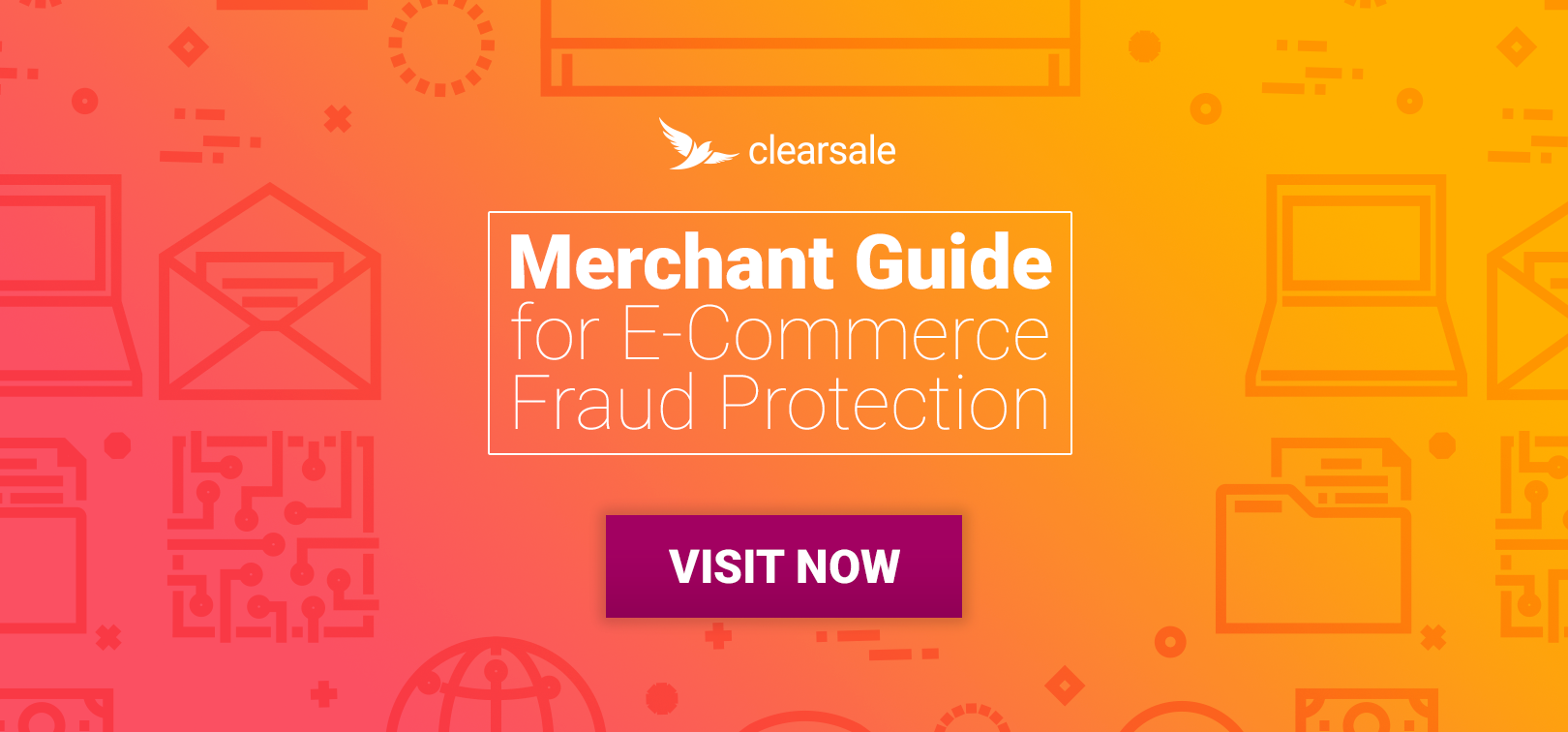Predictions for the e-Commerce Fraud Market in 2019
As e-commerce merchants close the books on a record-breaking holiday shopping season and 2018 overall, many are looking forward to continuing those successes in 2019. But if the development of e-commerce has taught merchants anything, it’s that what worked to build business and increase revenue one year might not be nearly as effective the next.
But what e-commerce fraud trends should online merchants be on the lookout for in 2019 to protect their reputations, customers and revenue? We’ve made eight predictions of how the online marketplace might change for retailers in the coming year and what they can do to prepare.
Prediction 1: Customers Want Their Online Shopping Experience to Have It All
When it comes to making purchases online, customers want what they want, when they want it. And Amazon has set the purchasing bar high by offering safe, simple one-click ordering. Can you say your checkout process offers the same?
While your fraud protection program might be doing a great job of keeping customers safe, there’s a good chance it’s also slowing down the checkout process. If fraud prevention becomes too burdensome — your authentication process takes too long or is too confusing — you might notice a sharp increase in abandoned carts and lost customers.
But security and seamless shopping don’t have to be mutually exclusive. Encourage customers to complete their purchases by implementing a simplified checkout process and displaying the security seals that instill confidence.
Prediction 2: Biometrics Will Prove to Be Less Secure Than Everyone Thinks
Passwords have long been problematic. They’re easy to forget and, too frequently, easy to hack. Enter biometrics. While biometrics have been hailed as a virtually infallible level of protection — after all, no one else has your exact fingerprint — hackers are proving that no one method of identity verification is foolproof. Some fraudsters have made silicone fingerprint replicas to fool recognition systems, while others have used high-resolution photos or 3D masks to bypass retinal scans.
So as more companies consider implementing biometric identification methods, one significant challenge remains. With fraudsters routinely hacking databases, how will a system (or a merchant) know which customer image is the “right” one? And if the image of a customer’s ear or their fingerprint is hacked, what next? Customers simply can’t go out and get a new ear. Once a biometric is compromised, what’s left for customers and merchants to use to confirm identities?
Prediction 3: Voice ID May Surpass Pure Biometrics as a Security Solution
Because an individual’s voiceprint has proven to be one of the harder biometrics to hack (so far), merchants may turn to voice biometrics to confirm a customer’s identity. Merchants could develop a database of known fraudster voiceprints and then screen a customer’s voice against this database to distinguish legitimate customers from fraudulent ones. As these databases become more robust, they may be able to flag repeat callers, connect a voice to a device ID or a transaction number, and offer important insight into fraud patterns and details that may not have been available through other fraud prevention sources.
Prediction 4: Machine Learning Will Become Increasingly Sophisticated
To become more effective at catching fraudulent transactions, machine learning systems will begin moving away from generic fraud scoring systems and toward algorithms that are customized by industry and even by client.
For example, luxury goods merchants that deal frequently with multi-address customers could integrate this knowledge into their algorithms, reducing the risk of false declines caused by a single shopper with multiple shipping addresses. Or because apparel companies understand that medium-sized clothing is a bigger fraud target than XXL sizes (because they’re easier to resell), machine learning systems for the clothing industry can incorporate these particular fraud risks into their algorithms.
Smarter machine learning strategies will also benefit omnichannel retailers, particularly those with loyal in-store customers who are buying online for the first time. Older fraud systems may not recognize the first-time online buyer as a frequent shopper and subsequently decline their transaction, potentially losing the customer’s lifetime value and goodwill.
Machine learning approaches will increasingly leverage the volume of social media data available to e-commerce merchants. By adding social network analysis to their machine learning approaches, online retailers can more easily identify anomalies in customer accounts and better understand and predict customer behavior.
Prediction 5: Globalization Will Present New Challenges
Global e-commerce has the potential to help online businesses open up new markets and achieve big sales gains — potentially improving sales up to 15%. But expanding into new countries bring its own set of risks and challenges, including the potential for fraud, payment issues and the nuances that arise when selling to consumers from different cultures.
Fraudulent credit card transactions will become a growing concern to international merchants as merchants struggle to reliably verify customers are who they say they are.
And because not all international payment gateways include automatic fraud protection and some security measures (like address verification) don’t work outside of a select few countries, merchants may find themselves on their own to determine whether their international sales are valid.
Prediction 6: Domestic Transactions Will Get Riskier
While many U.S.-based e-commerce retailers are worrying about how international expansion might increase their fraud risk exposure and cut into profits, they may not realize the threat in their own backyards. E-commerce fraud is alive and well in the United States, with 15.4 million consumers the victims of identity theft or fraud in 2016.
Fraudsters are realizing they have a better chance of slipping through fraud filters unnoticed when they’re one of many domestic orders. So by 2023, it’s predicted the most significant CNP fraud growth in the United States will come from domestic orders — U.S.-based fraudsters buying with domestic credit cards, listing U.S. shipping addresses and exploiting domestic victims.
Prediction 7: Fewer Companies Will Combine Customer Service and Fraud Prevention
Until recently, many companies have combined customer service and fraud prevention into a single department. But what they’re finding is that most customer service representatives simply don’t have the training needed to identify and prevent the sophisticated — and subtle — fraud attacks being launched by fraudsters. For example, call-center fraud rose by 113% from 2015 to 2016. This was due in large part to the increasing number of weaknesses that fraudsters can exploit, such as inadequate fraud-prevention training of customer service representatives and easy ways for thieves to mask or change their location data.
In 2019 and beyond, expect merchants to separate these two functions as merchants realize these positions require two distinct approaches — not to mention team members with very specific backgrounds, experience, skills and mindsets.
Prediction 8: More Companies Will Look to External Partners to Supplement or Outsource Fraud Prevention
When it comes to preventing fraud, collaboration is key. To help identify credit card fraud before it happens, expect to see more e-commerce retailers sharing fraud attempts with merchant networks. Doing so provides merchants a larger pool of data from which they can identify emerging fraud patterns.
And as fraud increases in sophistication, merchants are realizing that software-only solutions are no longer enough to capture the subtle instances of fraud.
But picking the right solution isn’t always easy. Merchants have to understand their risk for fraud and chargebacks and must evaluate the myriad fraud prevention alternatives available to them — from simple fraud filters to managed services solutions.
Our free “Merchant Guide to e-Commerce Fraud Protection” helps you navigate the often-confusing world of fraud prevention and protection and helps you find the right solution for growing your business safely in 2019.
 Chargeback & Fraud Protection Team
Chargeback & Fraud Protection Team
